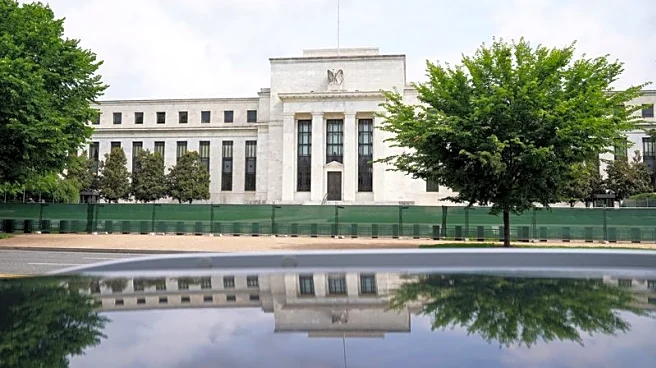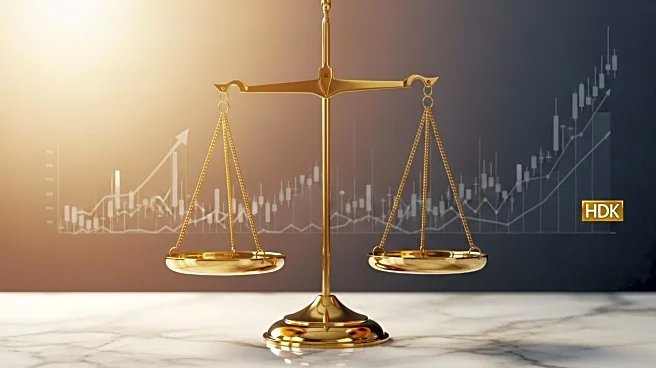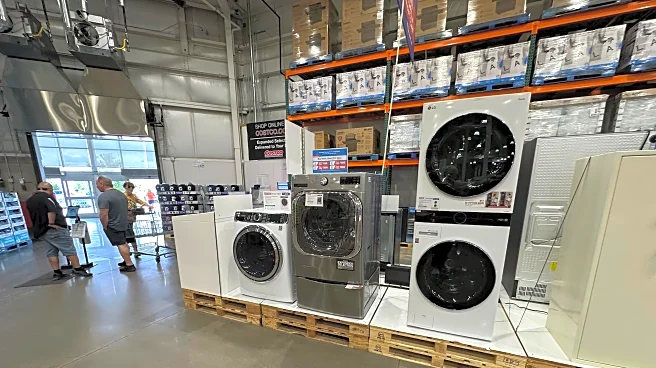What's Happening?
Wells Fargo CEO Charles Scharf expressed concerns about the U.S. economy, highlighting a disparity between higher-income and lower-income consumers. According to Scharf, while corporations and wealthier individuals are thriving, lower-income Americans are facing financial difficulties. He noted that spending and debt repayment rates are steady across all income levels, but lower earners are showing signs of stress, with balances below pre-pandemic levels. Scharf's comments came in response to a Labor Department report indicating a slowdown in hiring and a significant revision in job creation figures. Despite stock indexes reaching near all-time highs, there are ongoing concerns about inflation and job creation. Scharf also mentioned that middle-market companies are supportive of President Trump's trade policies, although tariffs may be contributing to sluggish job growth.
Why It's Important?
The economic disparity highlighted by Scharf underscores a critical issue in the U.S. economy, where lower-income individuals are struggling despite overall economic growth. This situation could lead to increased financial instability for a significant portion of the population, potentially affecting consumer spending and economic recovery. The mixed signals from the economy, with high stock indexes but weak job creation, pose challenges for policymakers and businesses. The support for President Trump's trade policies among middle-market companies suggests a complex relationship between trade measures and domestic economic health, with potential implications for future policy decisions.
What's Next?
The ongoing economic challenges may prompt further scrutiny and action from policymakers to address the needs of lower-income consumers. Businesses might adjust their hiring practices in response to economic uncertainties, potentially impacting job growth. The support for trade policies could lead to continued discussions on balancing trade measures with domestic economic priorities. Stakeholders, including political leaders and business executives, will likely continue to monitor economic indicators and adjust strategies accordingly.













